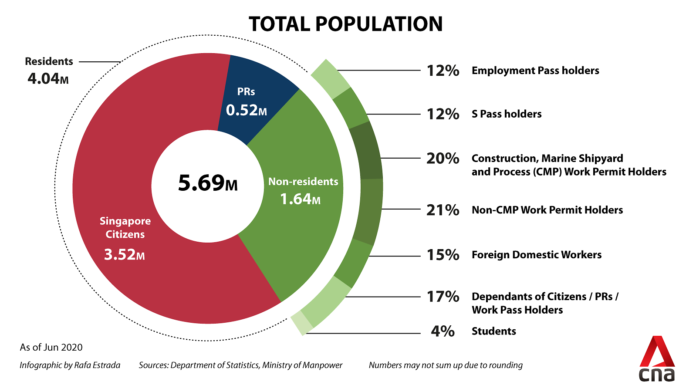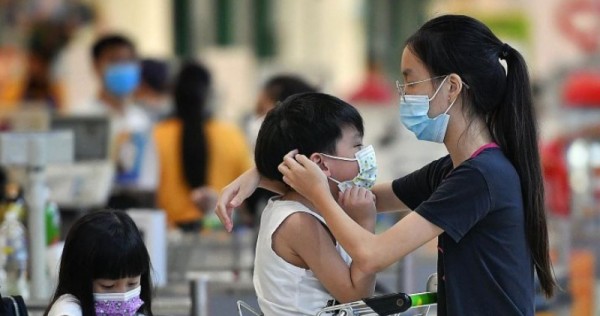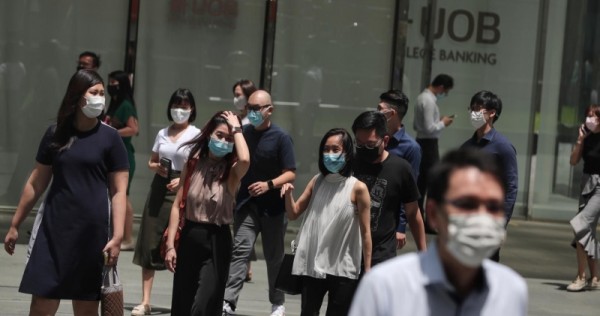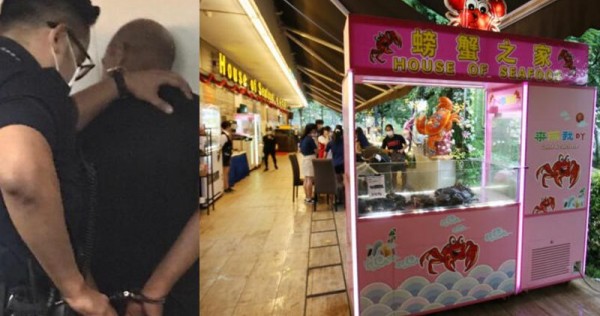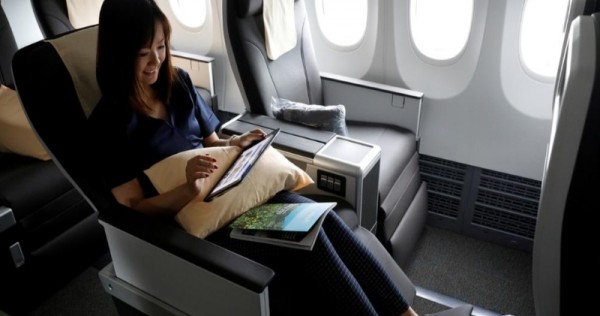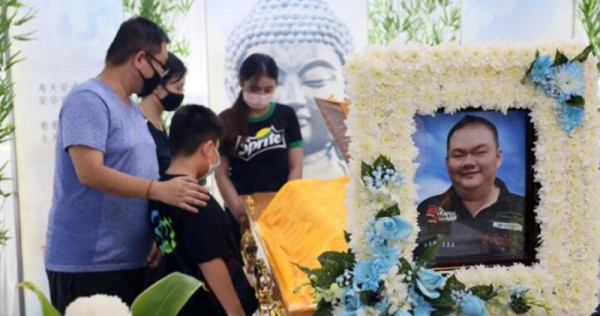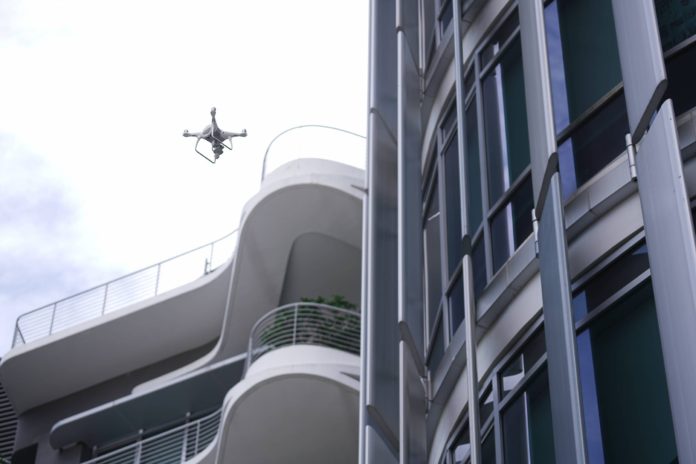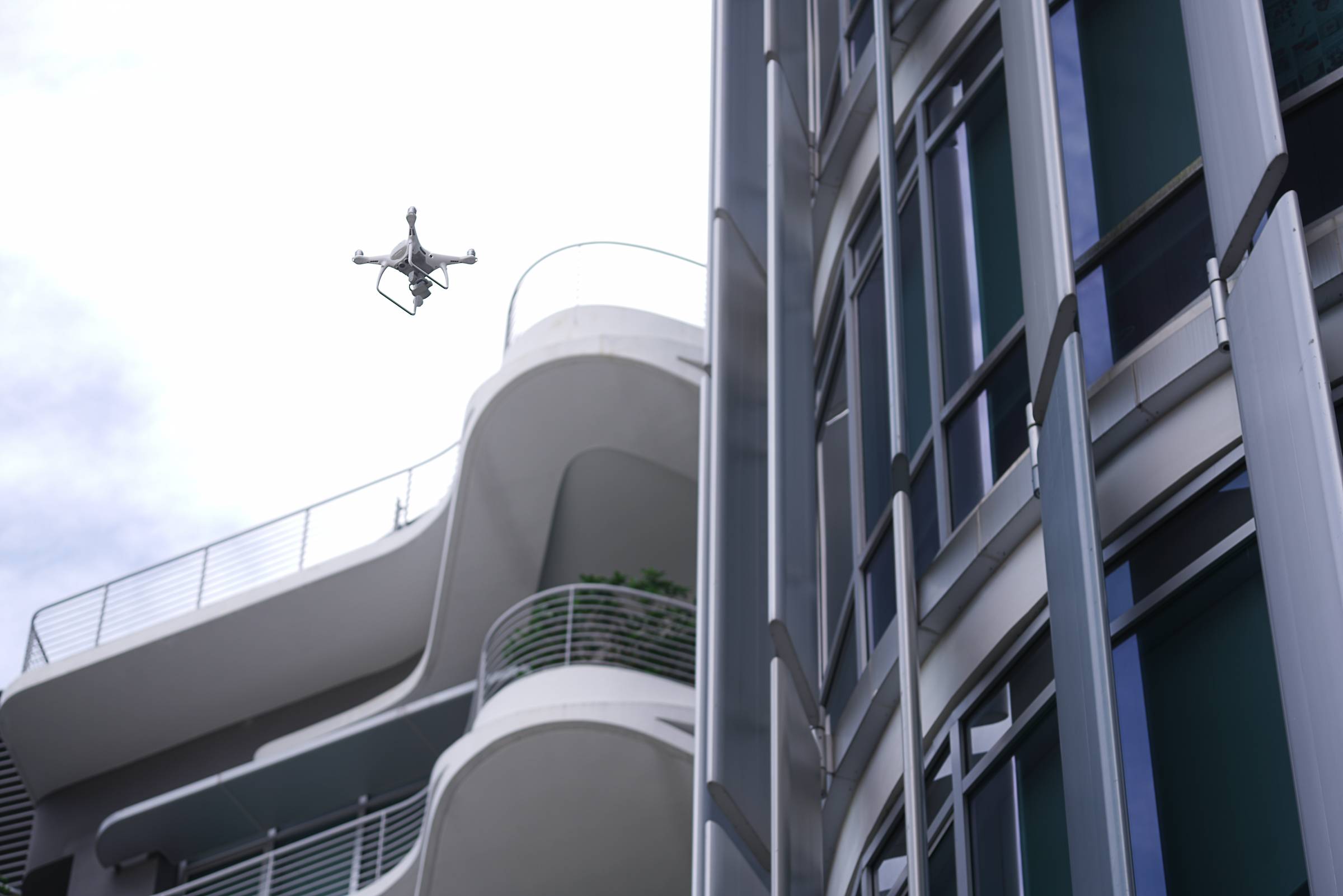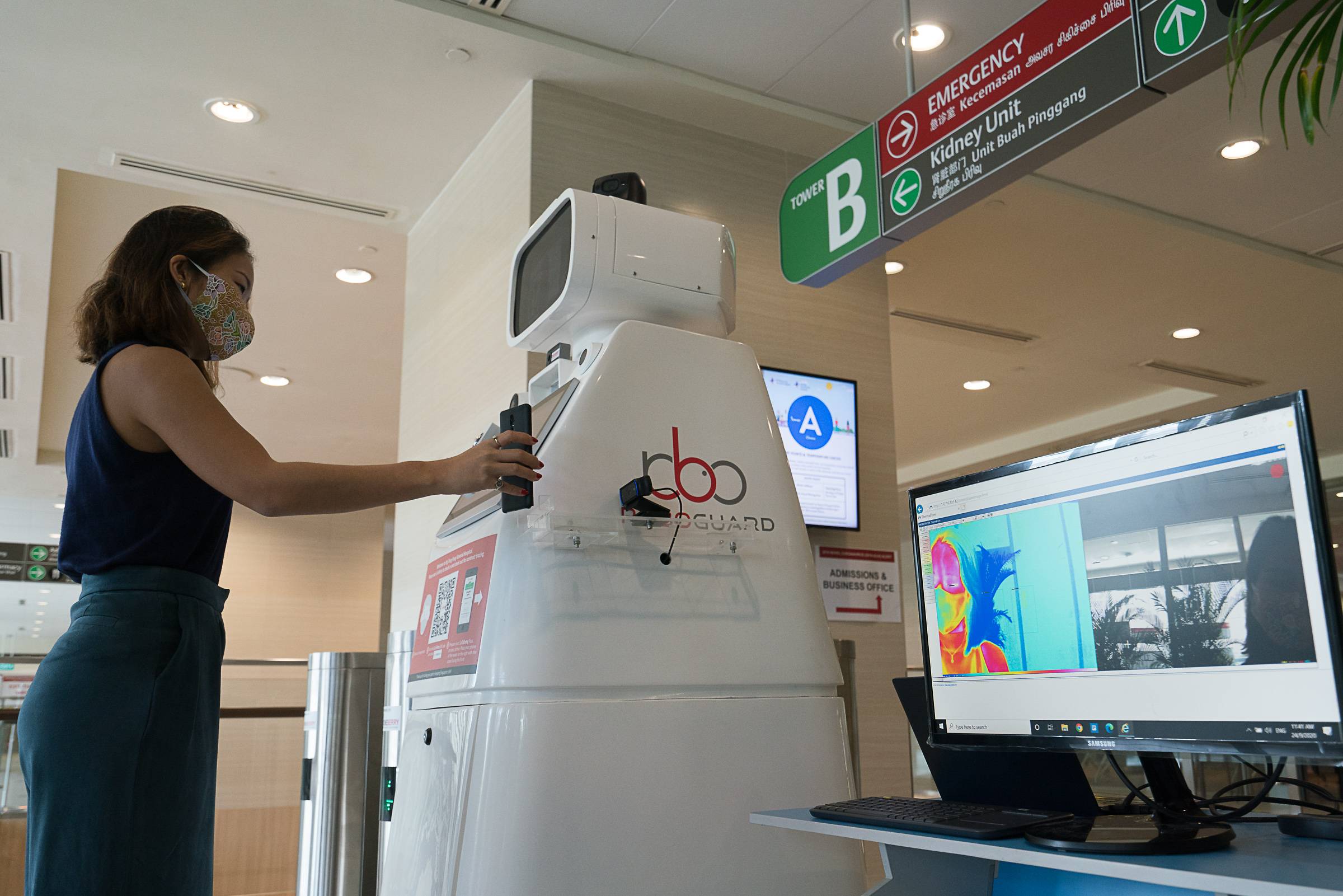SINGAPORE: Data released by the National Population and Talent Division on Thursday (Sep 24) showed that Singapore’s population declined by 0.3 per cent in the past year.
As of June 2020, Singapore’s population was 5.69 million, compared to the 5.7 million in the same month last year, the division’s annual population report showed.
Citizen population grew by 0.6 per cent to 3.52 million, with permanent residents remaining stable at 0.52 million.
The decline in overall population was “largely due” to the decrease in the number of foreigners.
Here are five things you should know about Singapore’s population statistics in the past year:
MORE OVERSEAS SINGAPOREANS RETURNED HOME
There were 203,500 overseas Singaporeans – those who have a registered foreign address or who are away for a cumulative period of more than six months in the past year – in 2020.
This is less than the 217,200 in the year before, with decreases seen across all age groups.
Many of them returned to Singapore amid the COVID-19 pandemic, with a larger decrease observed for those aged between 20 and 24 years.
According to the data, the overall number of overseas Singaporeans per 100 citizens increased gradually from 5.7 in 2010 to 6.2 in 2019, then dropped again to 5.8 in 2020.
The biggest increase was seen in those aged 0 to 19 and 20 to 24, with the rate increasing from 4.3 to 5.3 and 6.5 to 8.5 respectively.
The growth in the number of overseas Singaporeans was also noted to be slower over the past five years, as compared to the previous five-year period.
NUMBER OF NON-RESIDENTS FELL
Less foreign employment in services between June 2019 and June 2020 contributed to a decrease of 2.1 per cent in Singapore’s non-resident population, which now stands at 1.64 million.
Work permit holders saw the largest decrease.
“These trends were largely due to challenges brought about by the COVID-19 pandemic, caused by weak demand and travel restrictions,” the report said.
The decrease in the non-resident population also contributed to the decrease in Singapore’s total population.
AGEING POPULATION CONTINUES TO GROW
The proportion of Singaporeans aged 65 and above is rising and at a faster pace compared to 10 years before, as life expectancy continues to increase and fertility rates remain low.
More “baby boomers” – those born from 1950 to 1964 – are entering the post-65 age range as well.
In 2020, the number of citizens aged 80 and above rose to about 120,000 from 112,000 in 2019.
In 2010, there were about 67,000 Singaporeans aged 80 and above.
The number of citizens in the 20 to 64 age band also fell to 62.2 per cent in 2020, from 64.8 per cent in 2010. This is projected to fall to 56.1 per cent by 2030, said the report.
The median age of the citizen population rose from 42 years to 42.2 years between 2019 and 2020.
MORE SINGAPOREANS BORN LAST YEAR
There were 32,844 citizens born in 2019, slightly more than the 32,413 born in 2018.
Over the last five years (2015 to 2019), about 32,900 citizens were born on average each year, higher than the average 31,700 average in the previous five years (2010 to 2014).
Singapore’s fertility rate remained below replacement rate at 1.14 in 2019, unchanged from the previous year.
“This is partly due to a delay in marriages and subsequently childbearing,” said the report.
In 2019, the median age for first-time mothers was 30.6, a slight increase from 30.4 in 2018.
FEWER MARRIAGES
There were 22,165 citizen marriages in 2019, fewer than the 23,632 in 2018.
However, the yearly average over the last five years (2015 to 2019) rose to 23,600 from 22,400 in the five years before (2010 to 2014).
The median age at first marriage for Singaporean grooms in 2019 was 30.1 years, the same as 2014, but the median age for first marriage for Singaporean brides in 2019 was 28.4 years compared to the 27.9 years in 2014.
Slightly more than one in three marriages in 2019 involved transnational couples, while one in five were inter-ethnic.

